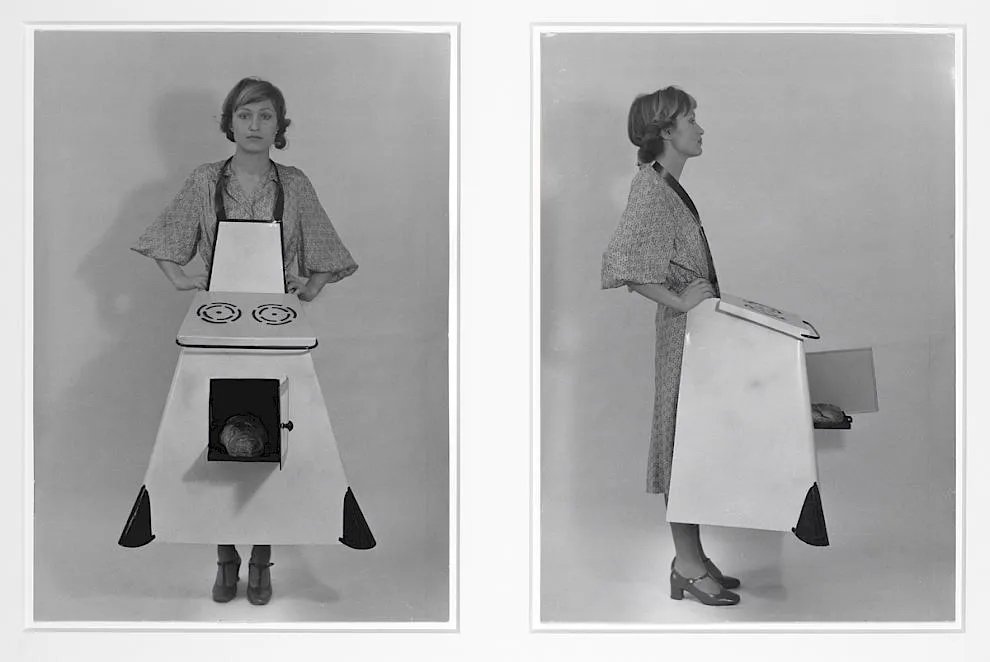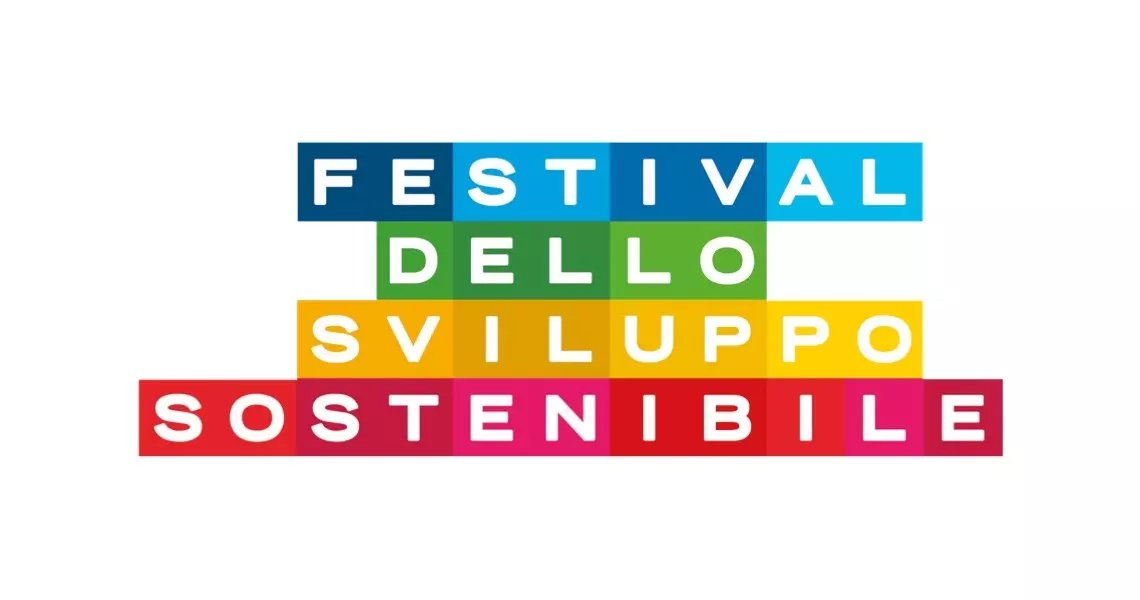How might a recipe double as a map? Beyond its list of ingredients and instructions, how does a recipe connect plants and animals and chart the lands and waters of the cuisine that it represents? In answer to this question, I am delighted to be giving a lecture next week as part of this year’s Towards an Atlas summer school at Università Iuav di Venezia in partnership with the NO-CITY network.
Titled “‘Making Fish’: Recipes and the Construction of Culinary Geography,” my talk will discuss how recipes and menus—their histories and literary lives—construct, represent, and even resist the specificities of place. How does a recipe follow ecological flows and, in contrast, how do culinary cultures draw well beyond the borders of their local maps? By sharing slippery stories about fish, it will weave together scholarship about tradition, authenticity, and cultural constructions of local food together with reflections on recipes, authorship, and the “culinary commons.”
Follow the students and their thinking and eating and living with across the Venetian lagoon here.



















